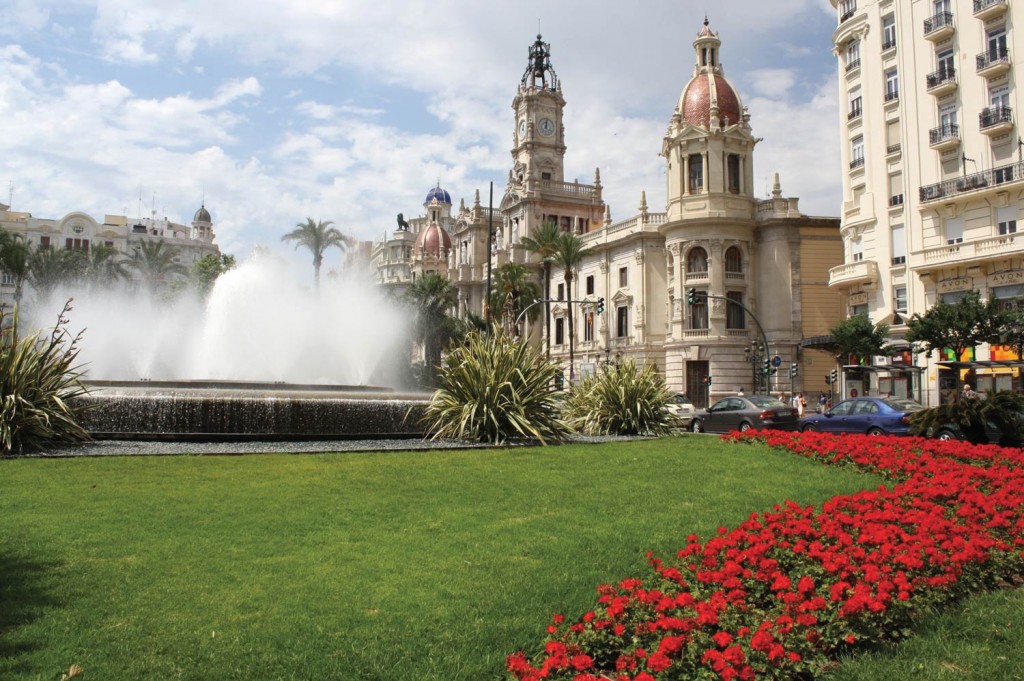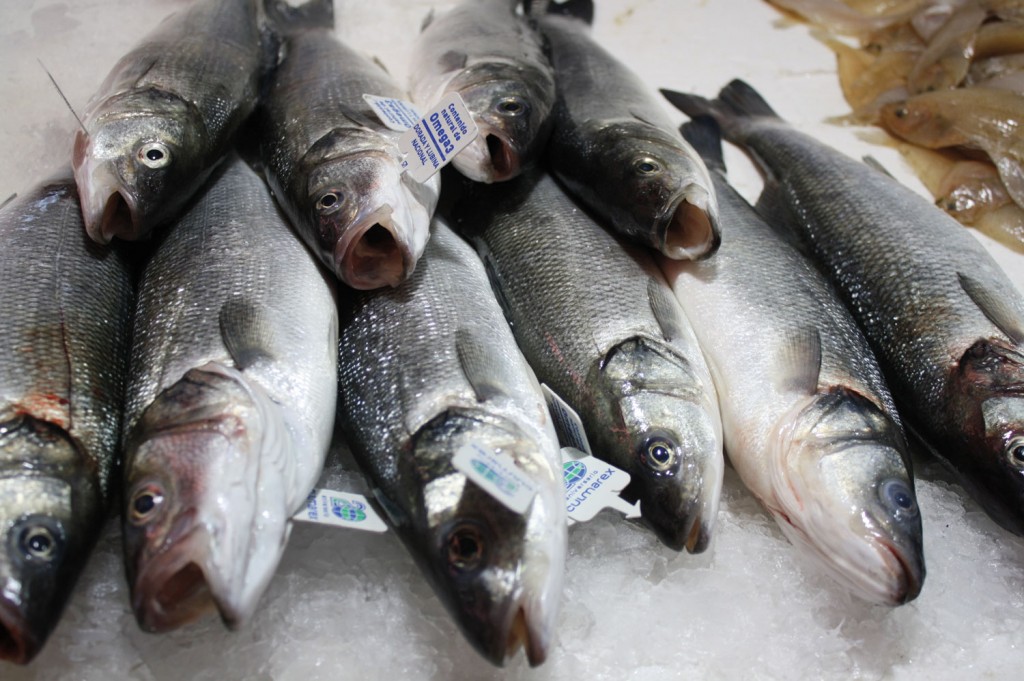Velencia, known to some as the “Tuscany of Spain,” offers gorgeous coastline, rolling hills, and delicious wines.
Rioja is arguably Spain’s best-known wine making region, but a trip to Valencia might just open your eyes—and your taste buds—to new options.
Valencia is centrally located on the Mediterranean Sea, with beautiful beaches, rolling hills, and countryside, earning it the nickname “the Tuscany of Spain.” While Valencia is the third-largest city in Spain, its proximity to nearby wine country offers visitors the chance to visit a variety of wineries. But the city of Valencia itself is intriguing and worth exploring.
Valencia offers a pleasant array of cobblestone streets and snaking alleyways whose historic walls hint at centuries-old tales of passion and intrigue. But on the other end of ValenciaÂ’s spectrum is the City of Arts & Sciences, a Jetsons-esque display of soaring modern architecture. The CityÂ’s sprawling museums offer exhibits that are no less impressive than the buildings.
After Valencia, head a bit inland to the Utiel-Requeña wine region, where you’ll find grapes with names like Bobal, Monastrell, and Macabeo, which are common varieties here. The Utiel-Requeña produces more grape varieties compared to Rioja because its harvest season is longer; compared to Rioja’s average of 15 days, the harvest in the Mediterranean region lasts almost three months, from the end of August through mid October, due to its more drastic swings in climate—warm and temperate near the coast, with hot dry days and cool nights further inland.
The conclusion? A far greater variety of grapes for winemakers to play with and more intriguing and unusual wines than are available in a more established region like Rioja.
At Bodegas Dagon, winemaker Miguel Marquez makes his Bordeaux-style wines by harvesting the grapes according to lunar cycles; the wine is stored in barrels in his attic. He must be doing something right; one of his wines sells at the Ritz in London for 240 pounds sterling. At the other end of the spectrum, Vinos de la Vina is one of the largest wine and olive oil facilities in the region, producing over a million kilos of olive oil each year and up to 15 million bottles of wine.
The Essentials Valencia
1 Where to Stay Hotel Palau de la Mar is a great base for exploring seaside and city. Navarro Reverter, 46004; 34-963 162-884. Hotel Entrevinas serves as a working winery. Caudete de las Fuentes, Campellania, 46315; 34-961-235-076.
2 Where to Eat At El Tossal, ask to dine in the basement room at this top-rated Valencia establishment, where you can reach out and touch a wall that dates back to when the city was part of the Roman Empire. Calle Quart, 6, 46001; 34-963-915-913. Restaurante Duna provides stunning vistas of the ocean. In between courses, you can walk barefoot across the beach to dip your toes in the Mediterranean. arroceriaduna.es/en/restaurant; Paseo Pinto Francisco Lozano Modulo 3, 46012; 34-961-830-490.
3 What To Do YouÂ’ll need a full day to wander through the City of Arts & Sciences. Avenida Autopista del Saler, 46013; 34-902-100-031. The Central Market is one of the largest public markets in the European Union. Plaza del Mercado; 34-963-829-101. The Valencia Museum of Modern Art offers a compelling array of exhibits. Guillem de Castro, 118, 46003; 34-963-863-000.






